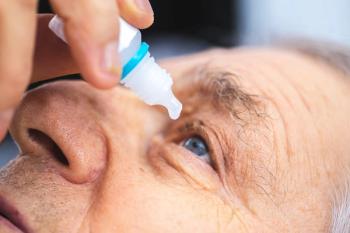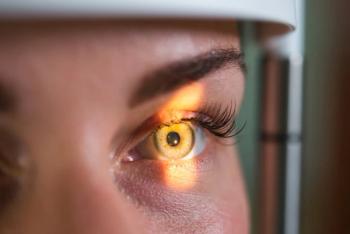
Topical corticosteroids early in bacterial keratitis may improve vision
Research from the University of California, San Francisco, found that adding topical corticosteroids two to three days after starting topical antibiotics for the treatment of bacterial keratitis is linked to improved vision, according to a study recently published in JAMA Ophthalmology.
San Francisco-Research from the University of California, San Francisco, found that adding topical corticosteroids two to three days after starting topical antibiotics for the treatment of bacterial keratitis is linked to improved vision, according to a study
The study assessed the timing of the administration of corticosteroids in a subgroup analysis of the Steroids for Corneal Ulcers Trial (SCUT), a randomized, double-masked, placebo-controlled trial that overall found no effect of adding topical corticosteroids to topical moxifloxacin hydrochloride in bacterial keratitis.
The researchers assessed the effect of topical corticosteroids (vs. placebo) on three-month best spectacle-corrected visual acuity in patients who received the treatment or placebo earlier (two to three days after starting topical antibiotics) vs. later (four days or later after starting topical antibiotics). The group also analyzed subgroups of patients with non-Nocardia keratitis and those with no topical antibiotic use before enrollment.
The patients who received the topical corticosteroids earlier had approximately one-line better visual acuity at three months than those given the placebo. In patients who were given the topical corticosteroids later had one-line worse visual acuity at three months compared to those in the placebo group.
The study states, “There may be a benefit with adjunctive topical corticosteroids if application occurs earlier in the course of bacterial corneal ulcers.”
Newsletter
Want more insights like this? Subscribe to Optometry Times and get clinical pearls and practice tips delivered straight to your inbox.









































